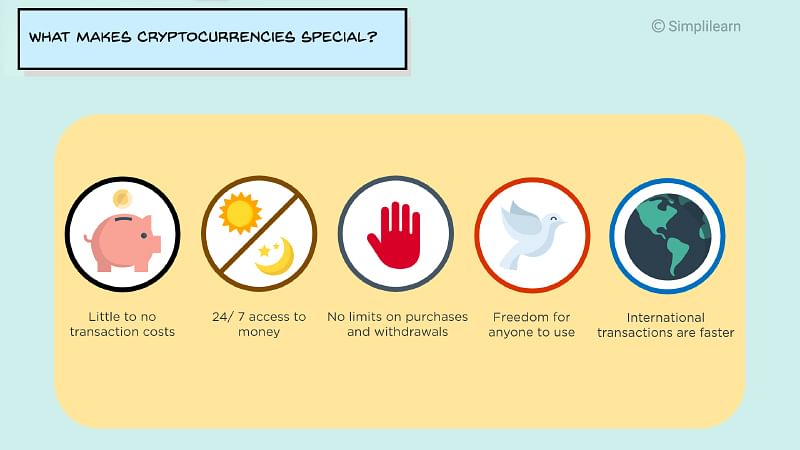What is Cryptocurrency?
Cryptocurrencies have become increasingly popular over the past several years. As of 2018, there were more than 1,600 of them, and the number is constantly growing. With that has come an increase in demand for developers of the blockchain, the underlying technology of cryptocurrencies such as bitcoin.
A Brief History of Cryptocurrency
The concept of currency has evolved significantly over time. Initially, people used the barter system, where goods and services were exchanged among individuals. However, this system had several flaws, including the need for coinciding requirements and the lack of a common measure of value.

The barter system was eventually replaced by official currencies, which went through several iterations. In 110 B.C., official currency was minted, and in A.D. 1250, gold-plated florins were introduced and used across Europe. From 1600 to 1900, paper currency gained widespread popularity and eventually became used worldwide.
Traditional Currencies vs. Cryptocurrencies
Traditional currencies, including paper currency, coins, credit cards, and digital wallets, are controlled by banks and governments. This centralized regulatory authority limits how these currencies work. In contrast, cryptocurrencies operate independently and in a decentralized manner, without a central authority.

A cryptocurrency is a digital or virtual currency that uses cryptography for security. It is difficult to counterfeit because of this security feature. Cryptocurrencies are decentralized and not subject to government or financial institution control. The decentralized control of each cryptocurrency works through distributed ledger technology, typically a blockchain, that serves as a public financial transaction database.
How Does Cryptocurrency Work?
Cryptocurrency is a digital or virtual currency that uses cryptography for security. It is designed to be a medium of exchange, similar to real-world currency, but without a physical embodiment. Cryptocurrencies operate independently and in a decentralized manner, without a bank or central authority.

The most famous cryptocurrency is Bitcoin, which was created in 2009. Cryptocurrencies are designed through mining, which uses computing power to solve complex math problems that verify transactions on the blockchain, the public ledger of all cryptocurrency transactions. Miners are rewarded with cryptocurrency for their efforts.
Benefits of Cryptocurrency
Cryptocurrency transactions have low to no costs, unlike traditional financial transactions. They can be made at any time, and there are no limits on purchases and withdrawals. International cryptocurrency transactions are also faster than wire transfers.
How to Buy Cryptocurrency?
To buy cryptocurrency, you must first set up a digital wallet to store your coins. You can then buy coins on a cryptocurrency exchange using your fiat currency or another cryptocurrency.
How to Store Cryptocurrency?
Cryptocurrency can be stored in several ways, but the most common is through a digital wallet. Digital wallets can be software-based, web-based, or hardware-based. They are used to store, send, and receive cryptocurrency.
What Can You Buy with Cryptocurrency?
You can buy various items with cryptocurrency, including digital assets and physical objects. Some online retailers and physical stores also accept cryptocurrency as payment.
The Future of Cryptocurrency
The world is divided when it comes to cryptocurrencies. Some people believe they are better than regular currencies, while others call them a Ponzi scheme. The future of cryptocurrency will likely involve a conflict between regulation and anonymity.
Futurists believe that by 2030, cryptocurrencies will occupy 25% of national currencies. They will continue to be increasingly accepted by merchants and customers, and their prices will remain volatile.


